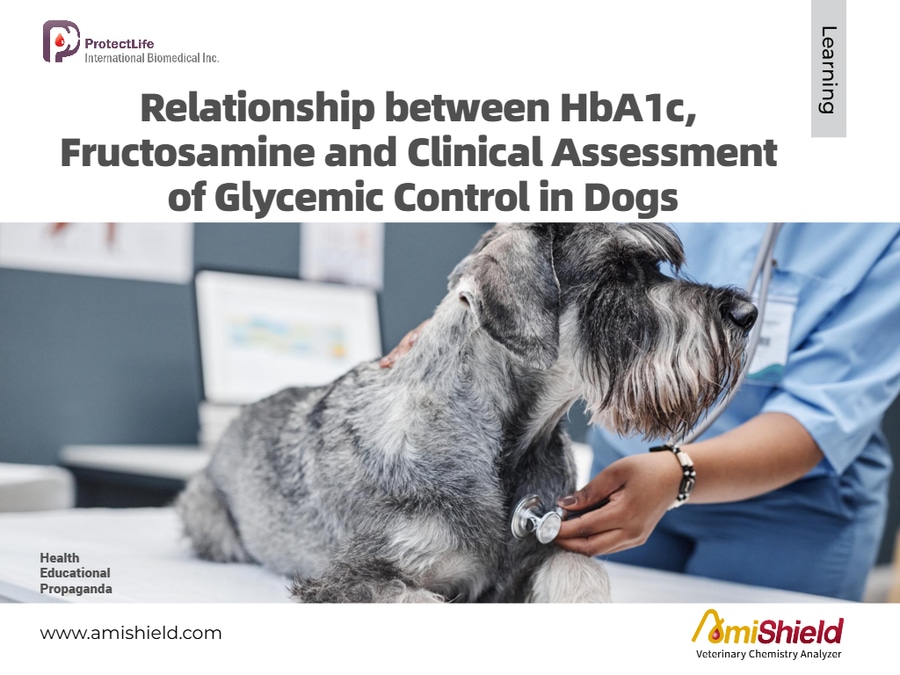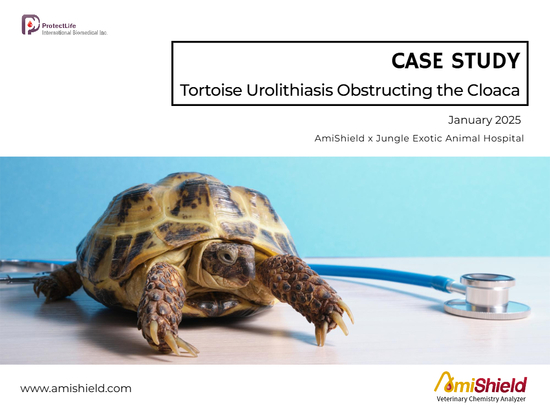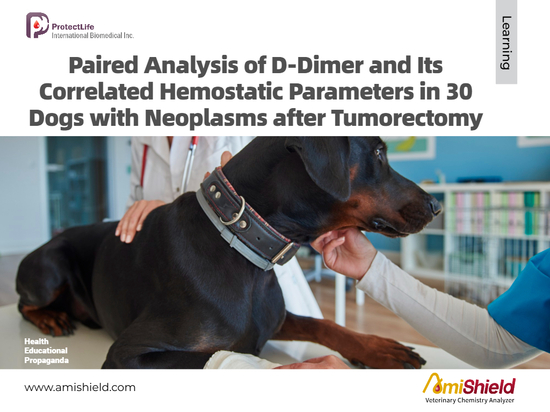
#Industry News
Relationship between HbA1c, Fructosamine and Clinical Assessment of Glycemic Control in Dogs
Both Test Outcomes Must Be Interpreted alongside Clinical Evaluations
The following study explores the use of glycated hemoglobin (HbA1c) and fructosamine tests to evaluate diabetes control in dogs. Conducted on 28 diabetic dogs, the research compares the outcomes of these two tests with a clinical scoring tool (CST).
Results indicate that while fructosamine reflects glucose levels over the past two weeks, HbA1c offers a longer-term assessment, covering around 120 days. The study found only moderate agreement between the two tests and the clinical assessments, with HbA1c showing a slightly better correlation with clinical evaluations when classifying diabetes as either acceptable or unacceptable.
Although the study suggests HbA1c is useful for monitoring long-term glycemic control, both tests had limitations. Fructosamine results were inconsistent with CST for several dogs, while HbA1c misclassifications also occurred. The authors recommend using these tests as part of a comprehensive monitoring strategy, noting that test outcomes must be interpreted alongside clinical evaluations.





